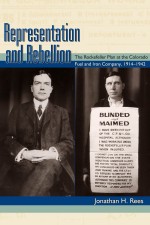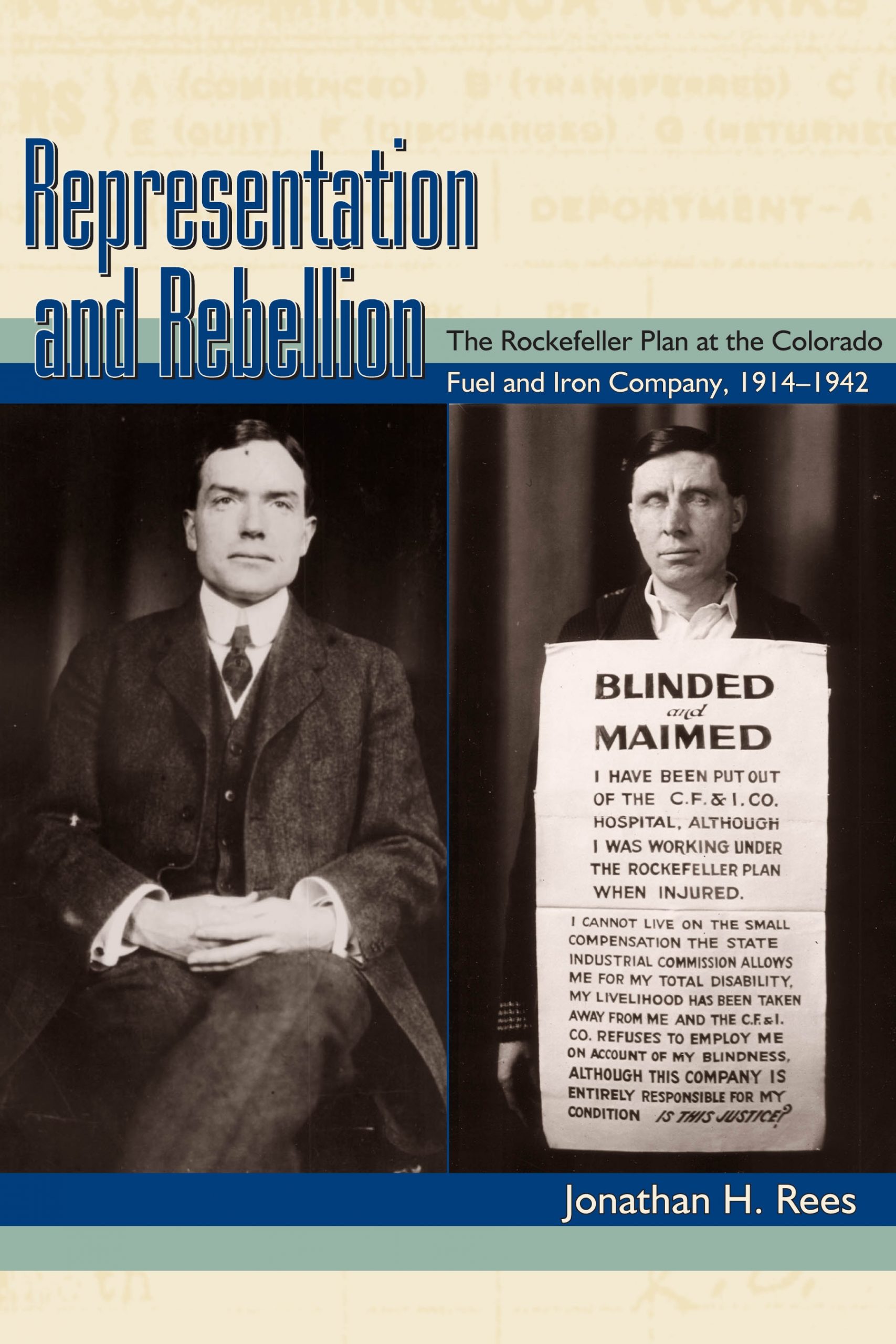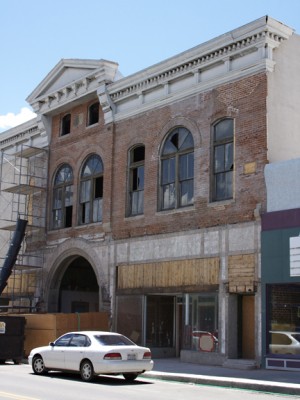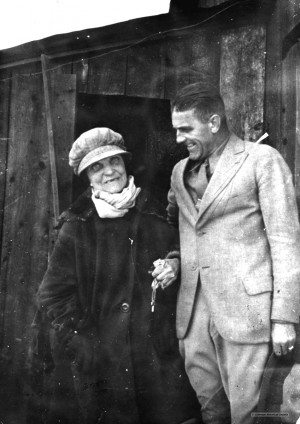Representation and Rebellion: The Rockefeller Plan at the Colorado Fuel and Iron Company: 1914-1942
By Jonathan H. Rees
Published in 2010 by University of Colorado Press
ISBN 978-0-87081-964-3
344 pages, paperback, $34.95
Reviewed by Virginia McConnell Simmons
The Ludlow Massacre near Trinidad was attracting national outrage in 1914. Leading up to it, labor unrest was widespread, and violent incidents had been escalating, not only at Ludlow but in the coalfields of the whole region. With mine owners pitted against union organizations throughout Colorado in the early 1900s, as well as throughout the nation for decades, public sympathies came down on the side of the workers after Ludlow, with John D. Rockefeller, Jr., the largest single stockholder and member of the board of directors of the Colorado Fuel and Iron Company (CF&I), becoming a special target of public anger.

Far removed from Colorado in his office at 26 Broadway in New York, Rockefeller had failed to respond appropriately to the unrest and violence in southern Colorado’s labor warfare until after the Ludlow event. In the aftermath, he attempted to improve relationships between management and labor by creating an employee representation plan at CF&I, called the Rockefeller Industrial Plan, popularly known as the Rockefeller Plan.
Representation and Rebellion by Jonathan H. Rees provides a close study of the program that Rockefeller developed at CF&I under the influence and guidance of MacKenzie King, later the prime minister of Canada. Rees briefly summaries the broader context of labor unrest and in a lengthy conclusion discusses its outcome. He shows Rockefeller as a gentleman from vastly different worlds of genteel manners and finance, who continued to leave day-to-day management of CF&I to others.
The Rockefeller Plan was an employee representation plan (ERP), designed to bring management and labor together to deal with grievances, of which there were many, especially in the mines. By authorizing collective bargaining, the National Recovery Plan in 1934 ended the ERP, while Rockefeller’s attention moved on to other projects until the value of stock in CF&I finally rose during World War II when he sold it. The ERP remains as an example, with variations, of company unions that exist in this country and others.
For his research, Rees had access to the enormous CF&I archives at Pueblo. These included the minutes of meetings and correspondence related to the ERP, giving Rees firsthand information about what management and labor representatives were saying to each other, and, of course, what they were not overtly saying as well.
He shows the plan as essentially paternalistic, with management above all being guided by the profit motive, being opposed to the organization of independent unions, and retaining power to make decisions. Moreover, employee representation was ineffective in part because, as Rees shows, the interests of the employee representatives were not necessarily the same as those of rank-and-file workers. Representatives chiefly were the more skilled, better-paid workers, who were mainly American-born, while workers on the lower rungs of the employment ladder were fearful of antagonizing the representatives. Those at the bottom had virtually no voice, as many of these workers were immigrants, often unskilled and illiterate. Also, those in the lowest tier were frequently involved in ethnic conflicts among themselves.
In separate chapters about the ERP in CF&I’s steel mill and its mines, Rees explores the different conditions and interests of workers in the steel mill at Pueblo and those in the mines. Rees shows that employees at the mill generally cooperated with the ERP, whereas the miners still supported an independent union, the United Mine Workers of America (UMWA). Many readers will find these two chapters particularly interesting, as they offer an unadorned picture of the different worlds of the mines and of Pueblo.
Readers can find an excellent, broader history of CF&I in Mill & Mine: The CF&I in the Twentieth Century, by H. Lee Scamehorn. A detailed account of the Ludlow Massacre and the violence leading up to it is the classic, Out of the Depths, by Barron B. Beshoar.
Jonathan H. Rees is an associate professor of history at Colorado State University – Pueblo, where he teaches courses in the history of American labor history, of business, and of technology.




